| Tuesday, November 15, 2022 | |
Integrated Photonics |
|
| 14:00 | Opening remarks |
Gabriel Kittler, CEO Site Erfurt, X-FAB Semiconductor Foundries GmbH
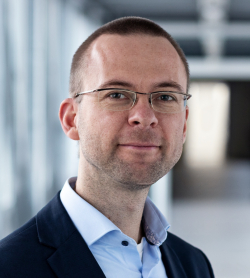
Biography |
|
| 14:10 | Advanced Photonic Integrated Circuits Solutions with Integrated Lasers for Ultimate Optical Connectivity in Datacenters, HPC and 5G |
Pascal Langlois, Chairman of the board, Scintil Photonics Advanced Photonic Integrated Circuits Solutions with Integrated Lasers for Ultimate Optical Connectivity in Datacenters, HPC and 5G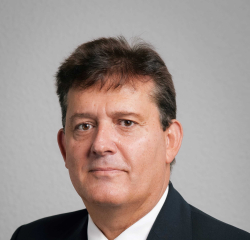
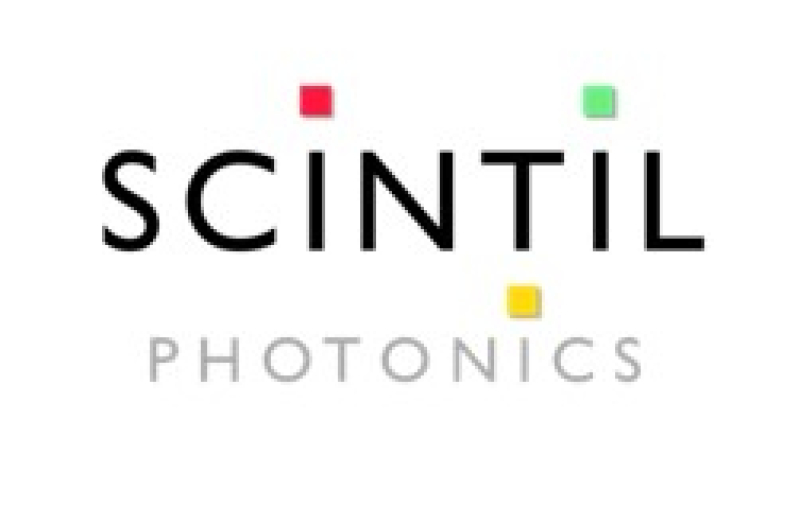 Abstract Biography |
|
| 14:30 | Reserved for iPronics, Programmable Photonics |
| 14:50 | Heterogeneously Integrated InP-laser on Silicon Photonics realized by Micro-Transfer Printing |
Samir Ghosh, Researcher, Tyndall National Institute Heterogeneously Integrated InP-laser on Silicon Photonics realized by Micro-Transfer Printing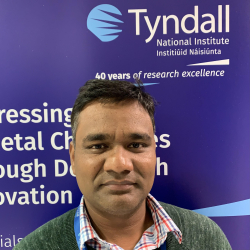
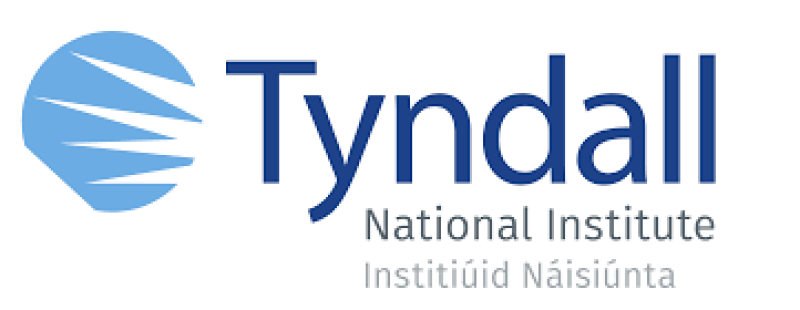 Abstract Biography |
|
| 15:10 | Next Generation Microchips, Powered by Light |
René Penning de Vries, Chairman of the Supervisory Board, PhotonDelta Next Generation Microchips, Powered by Light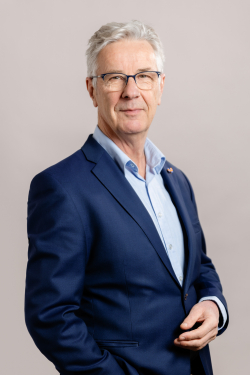
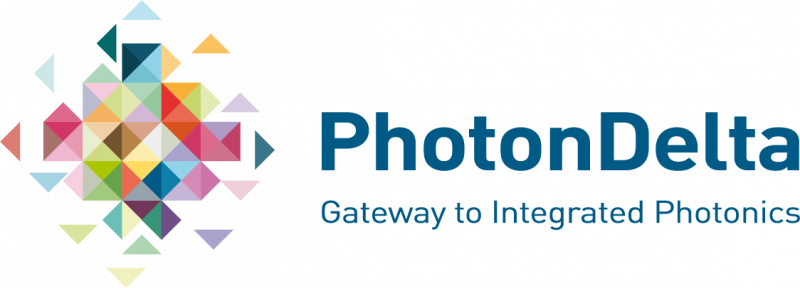 Abstract Biography |
|
| 15:30 | Silicon Nitride based low loss Photonics Integrated Circuits |
Thomas Hessler, CEO, Ligentec SA Silicon Nitride based low loss Photonics Integrated CircuitsAbstract Biography |
|
| 15:50 | Label-Free Biomarker Sensing Leveraging CMOS Technology and Photonic Integration |
Leo Grünstein, CEO, Spiden AG Label-Free Biomarker Sensing Leveraging CMOS Technology and Photonic Integration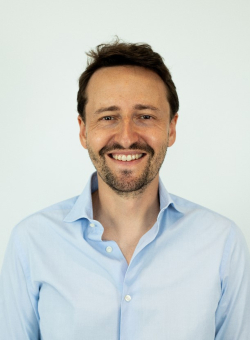
 Abstract Biography |
|
| 16:10 | Packaging for Integrated Photonics |
Bradford Factor, Director, Packaging Technology, ASE Europe Packaging for Integrated Photonics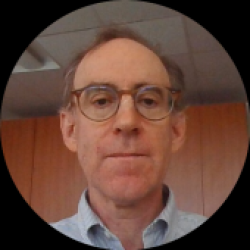
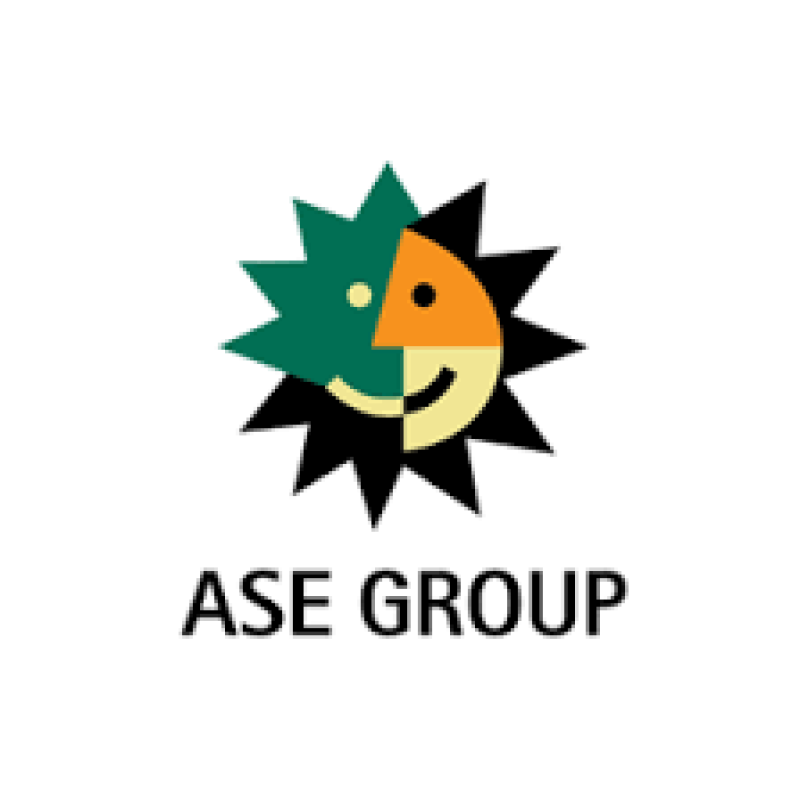 Abstract Biography |
|